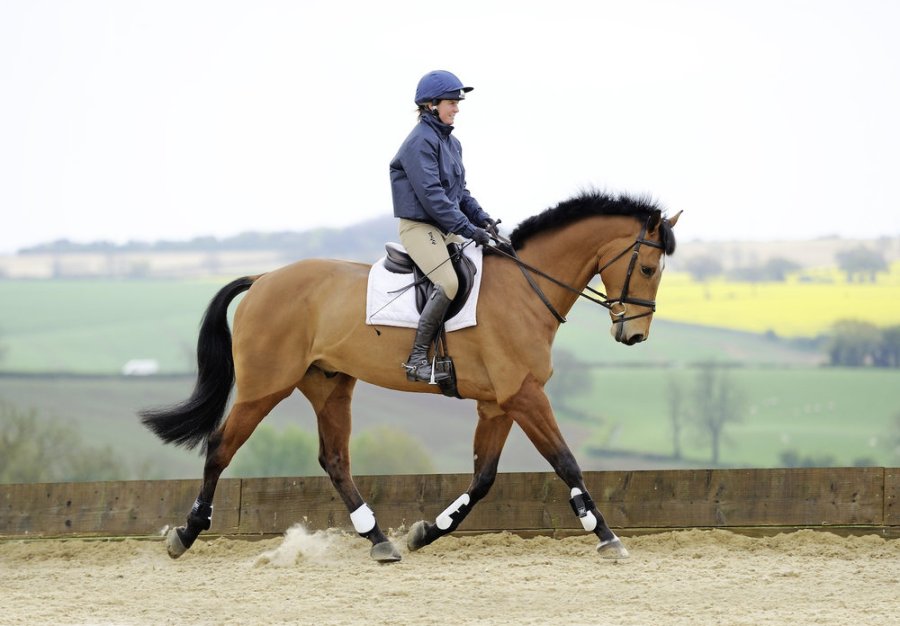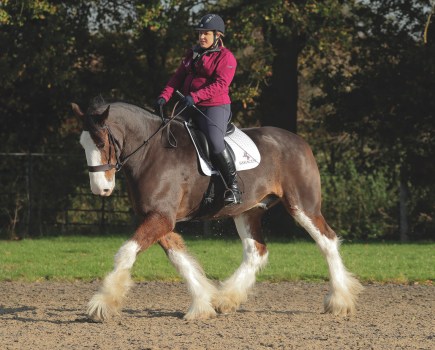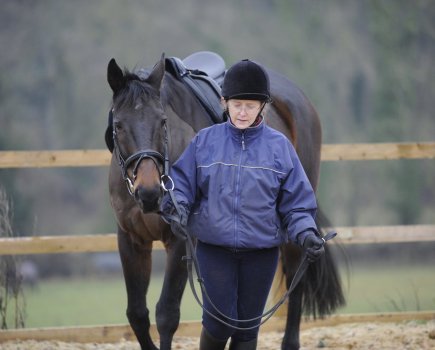We hear so much about transitions and why it’s so important to ride them. A good, balanced transition should be smooth and look like one fluid movement. To achieve this, your horse needs to move with an unrestricted neck, without rushing, and without being dependent on a strong contact from your hands.
Why ride it?
Riding correct transitions will help to teach your horse to be more on your aids. It also encourages your horse to step through with his hindlegs, helping him to lift his forehand, resulting in a better rhythm and improved balance.
How to ride it:
While in walk, pick a marker in your schooling area at which you’re going to ask for a transition to trot
Just before you reach the marker, ask your horse to trot by softening your hands a little as you squeeze with your legs
Pick another marker in your school where you’re going to ask for a downward transition to walk
As you approach the marker, relax your legs and close your fingers around your reins to ask your horse to walk
Moving on from walk-trot-walk transitions, try transitions within the pace. In trot, ask him to slow his trot for a few steps
Now allow your horse forwards and back to a working trot. Make these transitions within the pace gradual
Piggy’s tips for success
“For each transition, check your position, use clear aids and ride with a supple and relaxed body. You need to have a good contact and soft hands that follow your horse’s movement. The aim for each transition is for your horse to remain supple at his poll, with his nose just in front of the vertical, while being soft and relaxed in his neck. It’s important that you don’t hold him up into the transitions, he has to learn to stay in balance on his own.”
Don’t miss the latest issue of Your Horse Magazine, jam-packed with training and veterinary advice, horse-care tips and the latest equestrian products available on shop shelves, on sale now.










